Write Performance Real-World (AJA)
Since I like to take reader feedback, I have changed the test and test the SSD with approx. 66% occupancy after I wrote random content (variable size) for one day up to near full occupancy and then replaced parts of these files with new content over and over again. After approx. For 23 minutes, the SSD reached the maximum temperature of 54 °C with the original cooling cover. The following graphs are taken from the measurements that most closely corresponded to the average value in the respective run of 5 measurements.
First, let's look at the writing performance of the empty new SSD. The write rate of initially approx. 3051 MB/s (peaked at 3082 MB/s), reached after the elimination of the populated SLC cache (approx. 25 to 26 GB, see chart) only an average value of approx. 1320 MB/s, with burglaries of up to 377 MB/s. The power drop after the SLC cache is fully written is typical of such disks and ultimately not for applications that rely on constant write rates. Sample recordings in my video studio with low-compressed 4K streams are already bringing this SSD to the edge of what is possible.
Reading Performance Real World (AJA)
But what happens when you read? I'm allowed to spoil it: something very similar! The initial reading rate of 3073 MB/s on average (peak values up to 3109 MB/s) looks really good and it remains fairly constant throughout the stream. The manufacturer's promises, as synthetic test programs such as CrystalDiskMark also suggest, are partly undercut. Nevertheless, this value is good and appropriate for an SSD of this price range.
The high read rate of the new SSD is never reached again even after the explicit deletion of all data, partitioning and subsequent formatting, nevertheless this SSD behaves better than the very similar Sabrent Rocket, whose performance drops were much stronger.
What CrystalDiskMark does to us and at least captures ATTO
Well, what does the much-loved Crystal say? Nothing that then permanently disqualifies him for practice, because the values determined above are reproducible and also correspond to logic. On the contrary, with CrystalDiskMark, the pseudo-SLC cache is completely neglected and not even exhausted, which completely contradicts any experience. So you can safely forget these values, because at the end you only "measure" the pSLC cache and not the entire SSD as such.
And what does ATTO do? Again, all values have been determined only with active SLC cache, which never comes to full running. Practice looks different!
Applications
This brings us to SPECwpc and the real-world applications it contains. I forgo the IOPS and prefer to stick to the writing and reading at MB/s. Because what is generally written here is small but often, which can also be seen from the low rates. You are far away from the theoretically possible maximum rates and what you create in the constant stream. First, let's look at the reads and find that both SSDs are very close together– with a small advantage for the obviously read-optimized VPN100 and the newer NAND flash.
When writing, both SSDs are similarly far apart, with the Sabrent Rocket noticing the loss due to the permanent load, especially when writing.
Summary and conclusion
The currently called 160 to 170 Euro Euro is not a fight announcement, especially since the SSD should never be used in its full size, even for a short time or once. Despite this criticism and the measurement results, it is still a fast SSD with a solid controller, which also performs better than the almost identical Sabrent Rocket. But both Micron's TLC and Phison's E12S are and remain mediocre, which the manufacturer can pay a little extra. Price and performance just go together, but nothing more.
This one day stress test simulates almost a year of normal use at the end due to the frequent writing and especially deletion cycles, which then puts the whole thing into perspective a little. What I liked are the low temperatures, which on average barely exceeded 46 °C and also with a peak of approx. 55 °C could not enter red areas during the complete writing. That's all still ok and well tolerated. In this way, I would even make a verbal recommendation to this SSD if you do not want to use it as a permanent data slingshot, but e.g. as a fast system disk.














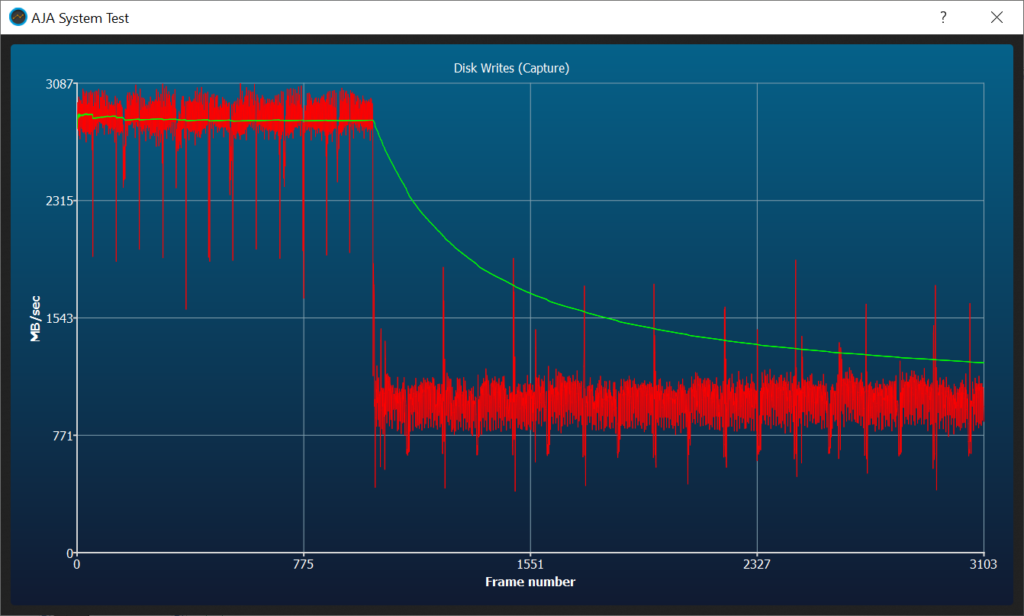
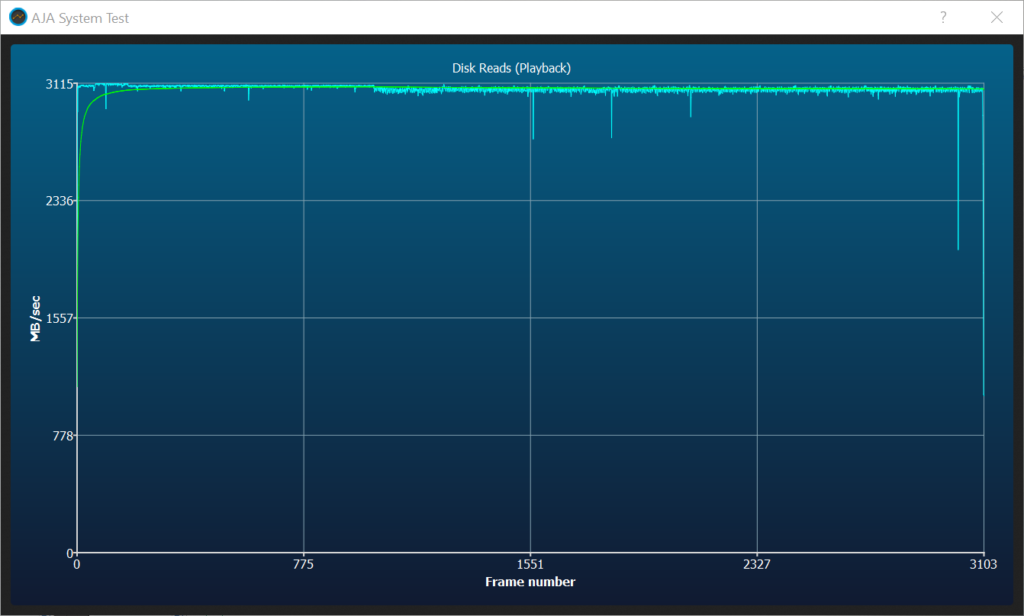
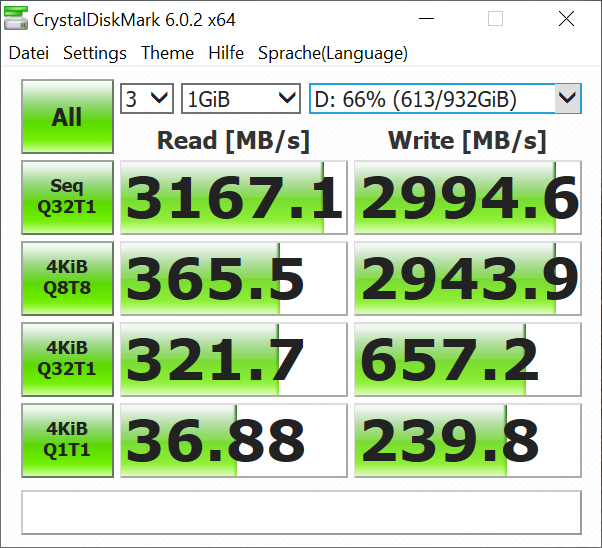
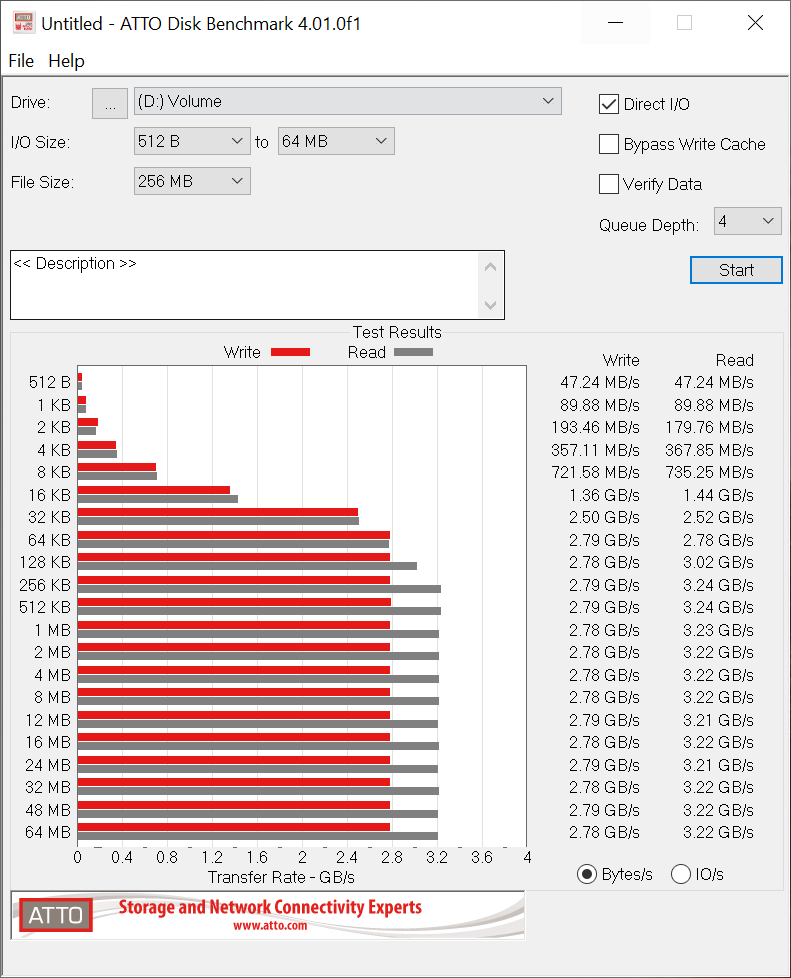
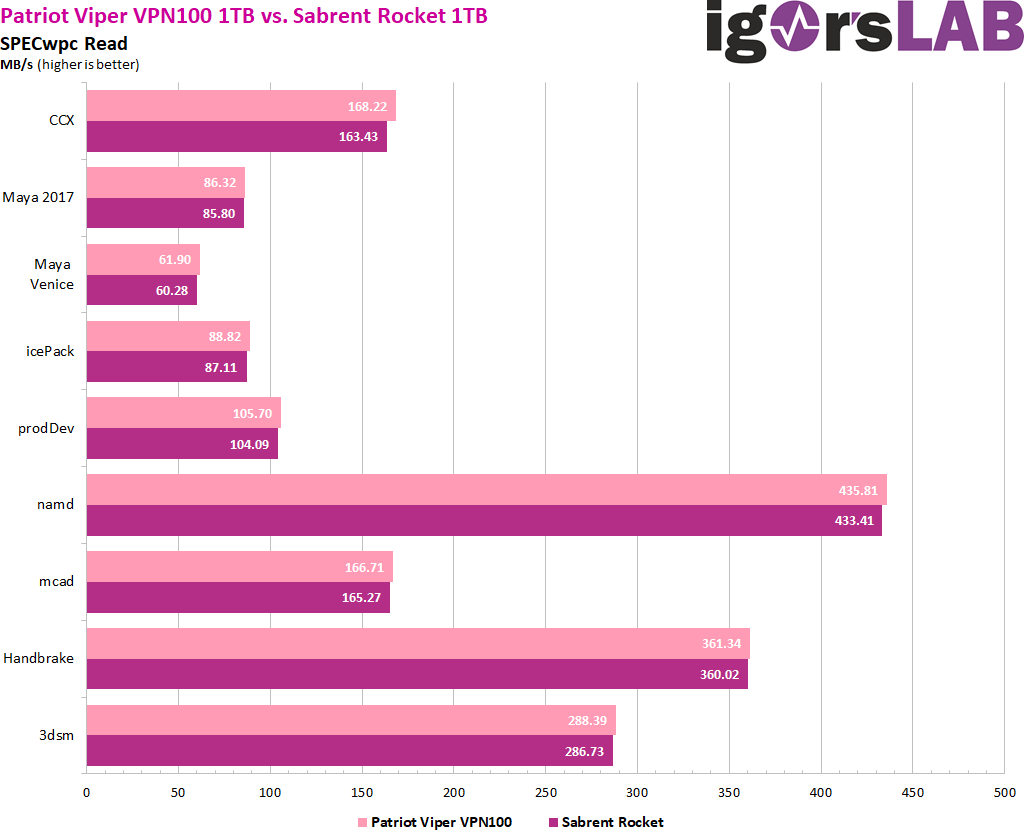


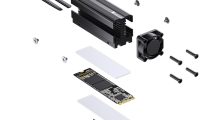














Kommentieren